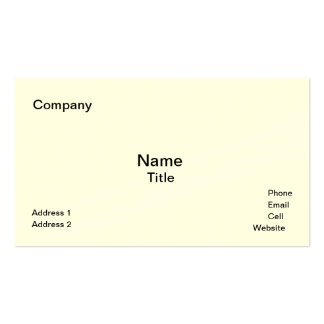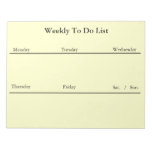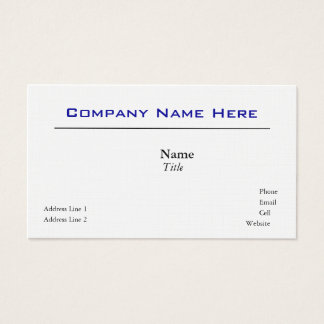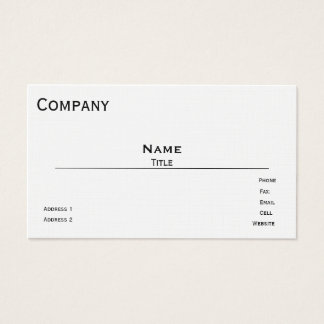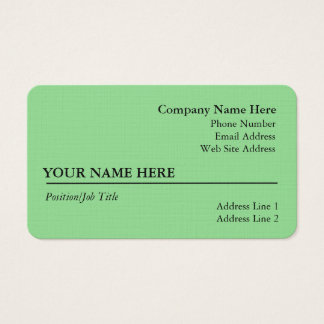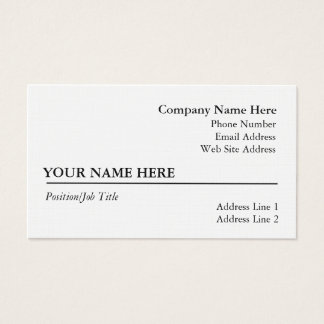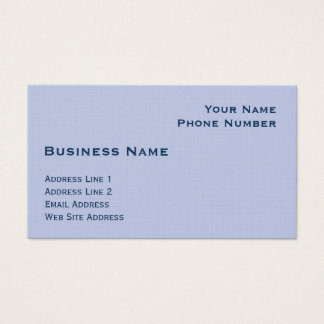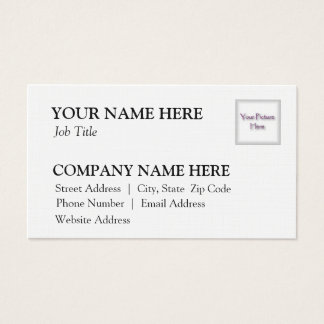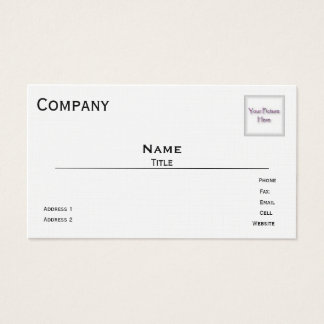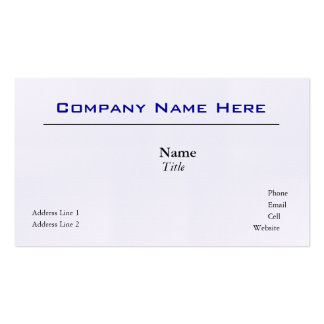And no matter how lucrative government contracting can be, for many small business owners the prospect of contracting directly (called 'prime contracting') with a government agency is simply not within their capacity or scope.
This is where government subcontracting comes into play.
As a small business, your best bet for winning a government contract can often be to partner or subcontract with another government contractor – one who has experience and an established network of government contacts.
And this doesn't mean that you'll get a smaller piece of the pie either. The government's goals for subcontracting to small businesses are actually higher than they are for prime contracting. For example, the Department of Defense subcontracting goal for small businesses in 2011 was 31.7 percent, compared to 22.3 percent for prime contracts (source).
Not only can subcontracting be profitable, the experience gained can help you improve your government procurement know-how and prepare you for prime contracting opportunities down the road.
Below are some tips to help you understand the process of government subcontracting and where to find the opportunities.
1. Laws that Support and Enforce Subcontracting to Small Business
Over the years, several laws have been passed regarding subcontracting to small companies. These laws require that prime contractors who have contracts exceeding $500,000 (or $1,000,000 for construction of a public facility) must provide 'maximum practicable subcontracting opportunities to small businesses'. For the purposes of government contracting, a small business is defined by the Small Business Administration (SBA) according to these guidelines.
2. Finding Subcontracting Opportunities
Finding subcontracting opportunities requires a multi-pronged approach.
a) Follow the Opportunity Databases
You can find out about potential subcontracting opportunities through the GSA Subcontracting Directory, which publishes subcontracting opportunities with General Services Administration (GSA) prime contractors, or the SBA's own Subcontracting Network (SUB-Net) that is designed to help prime contractors and subcontractors find each other.
b) Identify the Movers and Shakers
However, as with prime contracting, you need to be in front of your target long before these opportunities are published. This means building relationships and networking with these prime contractors well in advance.
A good way to do this is to reach out to those prime contractors who are winning government contracts in your industry. To get the pulse on who's who in government prime contracting take a look at FedBizOpps' award announcements and the Federal Procurement Data System. These sites publish information about government contract awards and usually include contact information for the prime's procurement manager – the person who negotiates the contract and the subcontracts that support it.
c) Network, Network, Network
Last but not least, pick up the phone, network at government and prime contractor events, and evangelize your pitch. Don't forget to include any kind of status such as woman-owned, small disadvantaged, veteran-owned, or HUBZone business information to your business card.
3. Teaming Agreements
Another variant of subcontracting is to form what is known as a teaming arrangement. However, you'll need to get a GSA Schedule contract for this, since Contractor Team Arrangements (CTA) involve two or more GSA Schedule holders coming together with complementary solutions or services to meet an agency's particular requirements. Find out more about teaming arrangements here.
4. Always Read the Fine Print
If you do engage in subcontracting, be sure you understand the terms and conditions of your contract with the prime contractor – including methods of payment. It's important to know that if the prime is late to pay you or stops payment altogether, as a subcontractor you will have no way to seek recourse from the government. The SBA advises subcontractors to review this payment checklist with a prime contractor prior to signing any agreement:
- How and when will I receive compensation?
- What is the paperwork process?
- What are my options for payment?
- Will I be paid via Electronic Funds Transfer (EFT)?
- Will I receive progress payments (for percentage of contract completion)?
- Will I receive partial payments (for partial delivery of usable items)?
- Will I receive payment via government credit cards?
5. Get Government Procurement Assistance in your Community
Another great resource for small businesses is the mentoring advice offered by local *Procurement Technical Assistance Centers, which can help you get set up to do business with the government and start building some connections.







